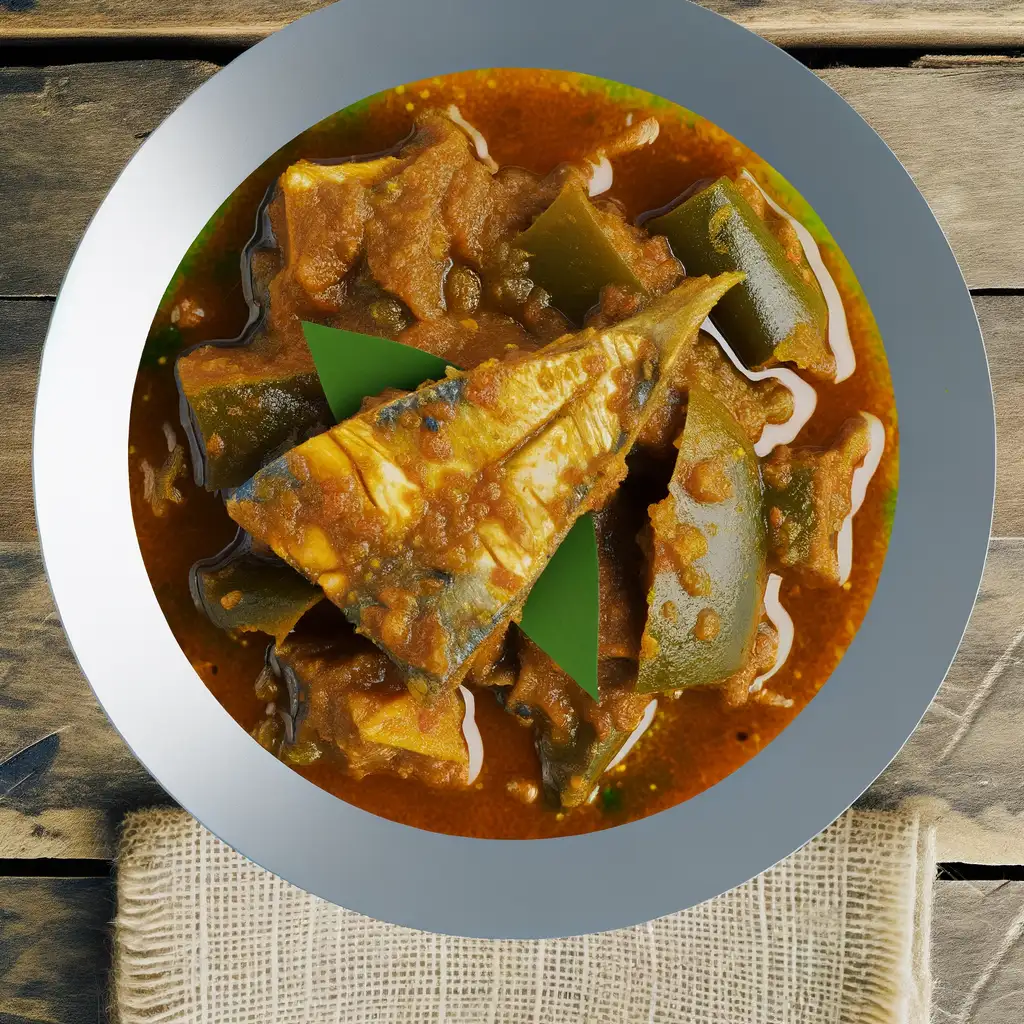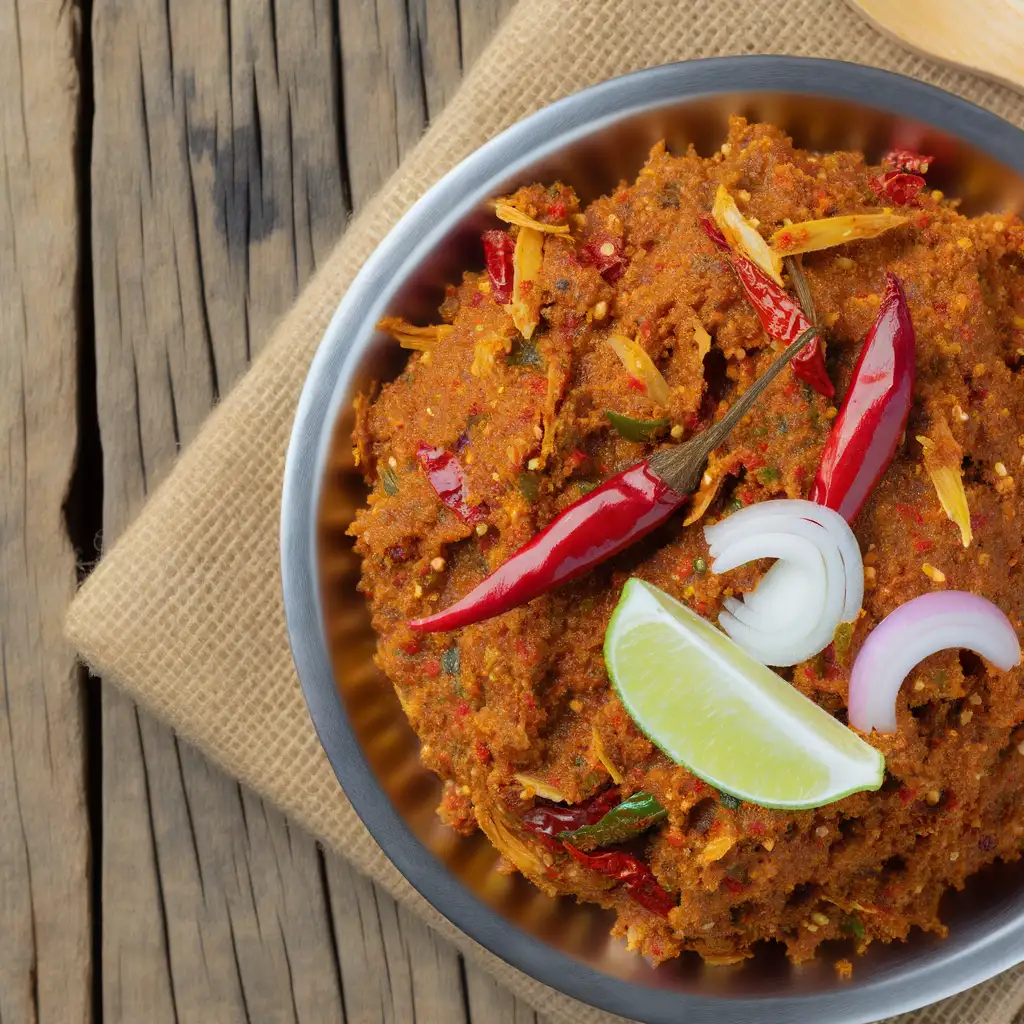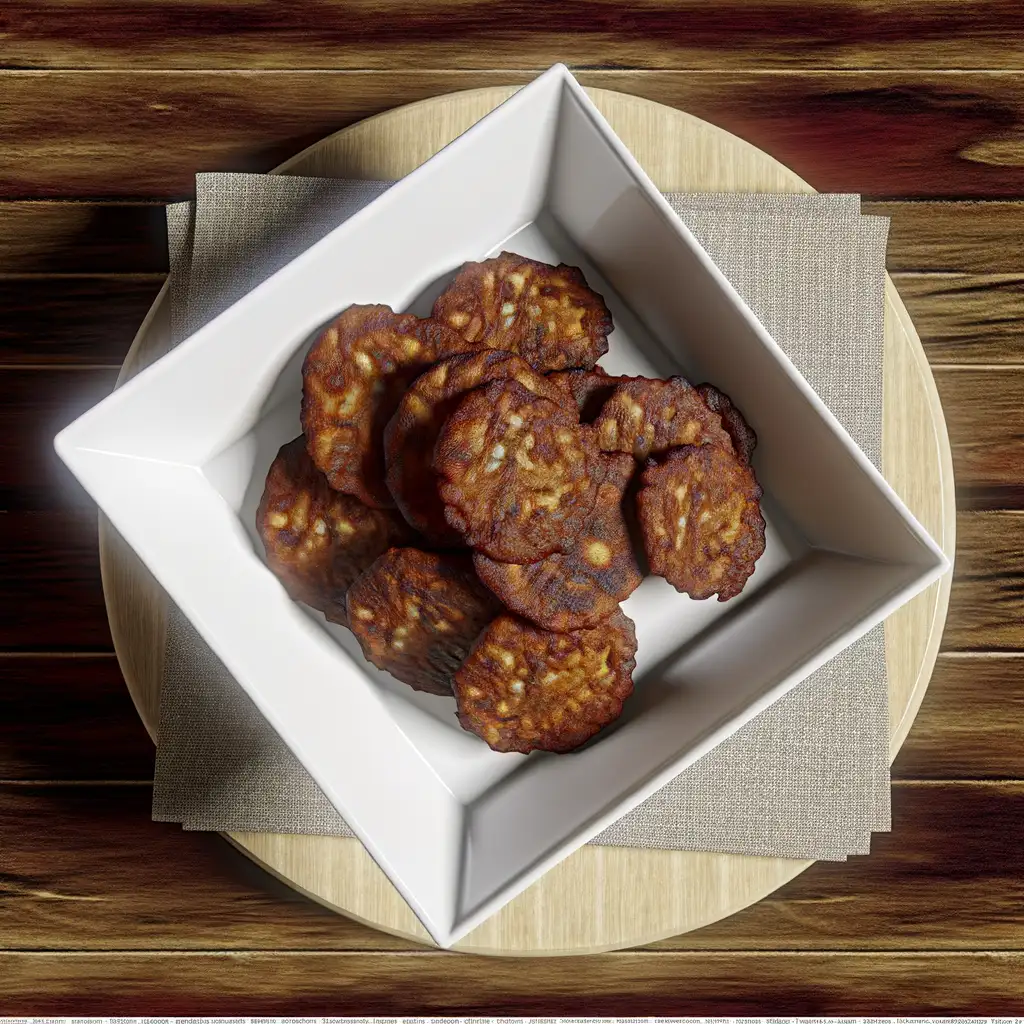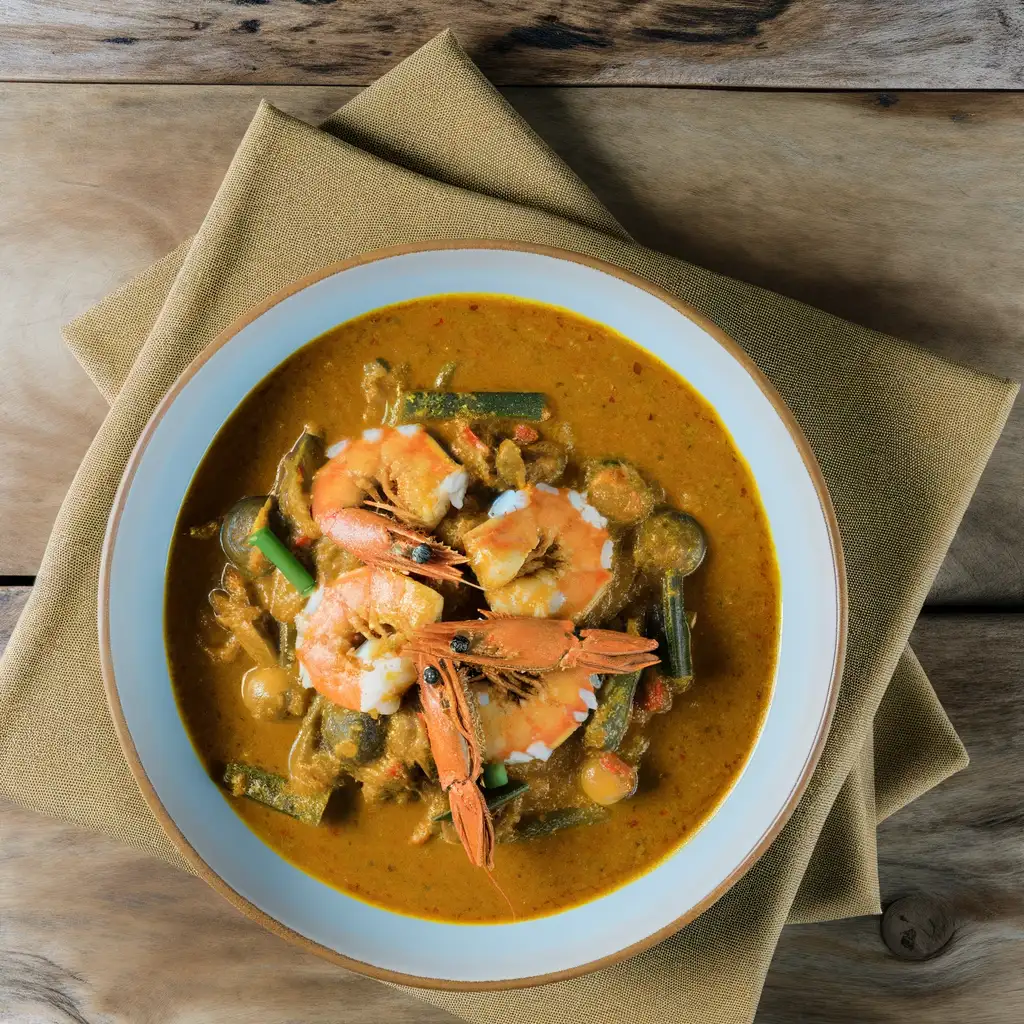



If you find yourself wandering through Sri Lanka,Galle District feels like stepping into a storybook where history and everyday life dance together effortlessly. The moment you arrive,there’s this warm,salty breeze carrying the distant chatter of fishermen and the rhythmic crash of waves against ancient fort walls. It’s a place where time slows down just enough for you to savor the vibrant colors of colonial buildings,their shutters flung open to reveal cozy cafes brewing rich Ceylon tea and the scent of freshly baked pastries. Walking through the cobbled streets of Galle Fort,you can almost hear whispers of centuries past mingling with the laughter of locals and the clinking of glasses as the sun dips low. What really makes Galle special is its blend of cultures and the genuine warmth of its people. You’ll find artists sketching by the sea,street vendors selling spicy kottu roti that fills the air with tantalizing aromas,and markets bursting with tropical fruits so fresh they almost taste like sunshine. The district’s coastline is a playground of turquoise waters and golden sands,perfect for a lazy afternoon swim or a sunset stroll where the sky blushes in shades of pink and orange. Beyond the fort,the landscape unfolds into lush tea plantations and quaint villages where life feels beautifully unhurried. Galle isn’t just a place to visit—it’s a place to feel alive,to connect with a rich tapestry of history,culture,and nature that stays with you long after you’ve left.
The information on this page is currently being reviewed by Tripkliq and should be used as a guide only
Eng word: Hello
Eng pronunciation: Hello
Local language: හෙලෝ
Eng word: Goodbye
Eng pronunciation: Goodbye
Local language: ගුඩ්බයි
Eng word: Thank you
Eng pronunciation: Sthoo-thi-yi
Local language: ස්තුතියි
Eng word: How much
Eng pronunciation: Ki-ya-la-da
Local language: කියලද
Eng word: Toilet
Eng pronunciation: Vae-si-ki-li-ya
Local language: වැසිකිළිය
Eng word: Help me
Eng pronunciation: Ma-ta oo-da-vu ka-ran-na
Local language: මට උදව් කරන්න
Eng word: Yes
Eng pronunciation: Ow
Local language: ඔව්
Eng word: No
Eng pronunciation: Nae-hae
Local language: නැහැ
Eng word: Excuse me
Eng pronunciation: Ma-ta sa-maa-ven-na
Local language: මට සමාවෙන්න
Galle Fort, a UNESCO World Heritage Site, was built by the Portuguese in 1588 and later extensively fortified by the Dutch during the 17th century. It is a well-preserved example of European architecture mingled with South Asian traditions.
Constructed in 1755, the Dutch Reformed Church is one of the oldest Protestant churches still in use in Sri Lanka. It features a unique architectural style and houses a collection of antique furniture and artifacts.
Located within the Galle Fort, the National Maritime Museum showcases the maritime history of Sri Lanka, including exhibits on shipwrecks, marine biology, and the country's rich seafaring heritage.
The Galle Lighthouse, built in 1848, is the oldest lighthouse in Sri Lanka. It stands as a picturesque landmark within the Galle Fort, offering stunning views of the Indian Ocean.
All Saints' Church, an Anglican church built in 1871, is known for its Gothic Revival architecture. It features beautiful stained glass windows and intricate woodwork, making it a must-visit for architecture enthusiasts.
The Historical Mansion Museum is a private museum located within the Galle Fort. It houses a fascinating collection of antiques, artifacts, and memorabilia that provide insights into the colonial history of Galle.
Galle International Stadium, established in 1876, is one of the most picturesque cricket grounds in the world. It is located between the Indian Ocean and the Galle Fort, offering a unique backdrop for cricket matches.
The Meera Mosque, built in 1904, is an important religious site for the Muslim community in Galle. Its architecture reflects a blend of Islamic and colonial styles, making it a significant cultural landmark.
Located in the village of Koggala, the Martin Wickramasinghe Folk Museum Complex is dedicated to the life and works of the renowned Sri Lankan author Martin Wickramasinghe. The museum showcases traditional Sri Lankan culture and rural life.
In Galle District, the most common Power Adaptor is Type D, Type G.



A popular street food made from chopped roti (flatbread) stir-fried with vegetables, eggs, and a choice of meat, seasoned with spices.
.webp)
A bowl-shaped pancake made from fermented rice flour and coconut milk, often served with a variety of toppings like egg, sambol, or curry.

A traditional sour fish curry made with firm fish, spices, and goraka (a sour fruit), giving it a unique tangy flavor.

A lentil-based curry cooked with spices and coconut milk, often served as a staple side dish with rice.

A spicy coconut relish made with grated coconut, chili powder, onion, and lime, typically served as a side dish.
.webp)
Steamed rice noodle cakes served with curry or coconut milk, often enjoyed for breakfast or dinner.

Deep-fried lentil fritters that are crispy on the outside and soft on the inside, often enjoyed as a snack or appetizer.

A flavorful curry made with fresh local seafood, coconut milk, and a blend of spices, often served with rice or hoppers.
If you step into Colombo District,you immediately feel the pulse of a city that’s both vibrant and laid-back,where old-world charm meets modern hustle. Imagine walking along bustling streets lined with colonial-era buildings,their faded facades telling stories of a rich past,while sleek glass towers rise nearby,reflecting the tropical sun. The air carries a mix of scents—spices from street food stalls,salty sea breeze from the nearby coast,and the faint aroma of jasmine from roadside vendors. It’s a place where the sounds of honking tuk-tuks blend with the call to prayer and the laughter of children playing in small parks.
Colombo’s character is a beautiful mosaic of cultures. You’ll find Buddhist temples nestled beside mosques and churches,and markets where Tamil,Sinhalese,and Muslim communities come together in a colorful dance of languages and traditions. The city’s food scene is a feast for the senses—imagine biting into a crispy hopper drizzled with coconut sambol or sipping on a strong,sweet Ceylon tea while watching the sunset over Galle Face Green,where locals fly kites and families gather to unwind.
What makes Colombo truly special is its warmth. Despite the city’s fast pace,there’s a genuine friendliness in the smiles of shopkeepers and the inviting chatter in cafés. It’s a place where you can lose yourself in vibrant street art one moment and find quiet reflection in a serene temple garden the next. Colombo isn’t just a destination; it’s an experience that stays with you long after you leave.
If you ever find yourself craving a place where history hums softly through the air and nature wraps you in a cool,misty embrace,Kandy District in Sri Lanka is where you want to be. The moment you step into Kandy,there’s this gentle buzz—a mix of temple bells,chattering markets,and the rustle of leaves from the surrounding hills. It’s a city that feels alive but not rushed,like it’s inviting you to slow down and soak in its stories.
Walking through Kandy,you’ll catch the scent of jasmine and incense drifting from the Temple of the Tooth,a sacred spot that pulses with spiritual energy. The streets are lined with colorful stalls selling fresh tropical fruits,spicy street food,and handwoven textiles,tempting your senses at every turn. Don’t miss trying a cup of Ceylon tea here—rich,fragrant,and perfectly brewed,it’s like tasting a piece of the island’s soul.
What makes Kandy truly special is how it balances vibrant culture with breathtaking nature. Nestled among emerald hills and shimmering lakes,it’s a place where you can explore bustling markets one moment and find yourself wandering peaceful botanical gardens the next. The locals’ warmth and pride in their heritage shine through in traditional dance performances and festivals,making you feel like you’re part of something timeless. Honestly,Kandy isn’t just a destination—it’s an experience that lingers long after you leave.
If you ever find yourself in Sri Lanka,you absolutely have to spend some time in Negombo. The moment you arrive,there’s this laid-back coastal rhythm that wraps around you like a warm breeze. It’s a place where the ocean’s salty tang mingles with the scent of fresh spices from the bustling markets,and the chatter of fishermen mending their nets creates a soundtrack that feels both timeless and alive. Walking along the beach at sunset,you’ll see colorful fishing boats bobbing gently on the water,their bright hues reflecting the fiery sky.
Negombo’s charm lies in its blend of old and new. The city wears its history proudly,with colonial-era churches standing tall alongside vibrant street markets where vendors call out,selling everything from tropical fruits to freshly grilled seafood. The aroma of sizzling prawns and coconut-infused curries drifts through the air,tempting you to stop and savor the local flavors. It’s a place where you can sip a cup of strong,sweet Ceylon tea while watching the world go by,or dive into a plate of spicy crab that’s been caught just hours before.
What really makes Negombo special,though,is its people. Warm,welcoming,and full of stories,they add a genuine heart to the city’s character. Whether you’re wandering through the fish market at dawn or exploring the quiet canals that earned it the nickname “Little Venice,” you’ll feel like you’re stepping into a living,breathing story. Negombo isn’t just a stopover; it’s a place that invites you to slow down,breathe deeply,and soak in the simple,beautiful pulse of Sri Lankan coastal life.
If you ever find yourself craving a place where the ocean feels endless and the air hums with a gentle,salty breeze,Trincomalee is where you want to be. This coastal town in Sri Lanka has this laid-back charm that instantly slows your pace. Imagine waking up to the soft lapping of waves against golden shores,the sun casting a warm glow over turquoise waters so clear you can spot colorful fish darting beneath the surface. It’s the kind of place where mornings start with the scent of fresh seafood grilling nearby and the distant call of fishermen heading out to sea.
Trincomalee’s character is a beautiful blend of history and culture. The ancient Koneswaram Temple perched on a cliff offers not just spiritual calm but breathtaking views that make you pause and breathe it all in. Walking through the town,you’ll hear a mix of Tamil and Sinhala chatter,the clatter of markets bursting with tropical fruits,and the occasional rhythm of traditional drums. The local food scene is a vibrant adventure—think spicy crab curries,tangy sambols,and sweet,creamy king coconut water that refreshes you like nothing else.
What really stays with you is the genuine warmth of the people and the way the town feels alive yet unhurried. Whether you’re snorkeling in Pigeon Island’s coral gardens or simply watching the sunset paint the sky in fiery hues,Trincomalee invites you to slow down,soak up its rhythms,and leave with a heart full of stories.
If you ever find yourself craving a place where history hums softly beneath the warm sun and the air carries the scent of salty sea breeze mixed with fragrant spices,Jaffna District in Sri Lanka is where you should go. The moment you step into Jaffna,there’s this gentle rhythm to life — a blend of old-world charm and vibrant local energy that feels both peaceful and alive. The streets buzz with colorful markets where vendors call out,selling everything from fiery red chilies to freshly caught seafood,while the aroma of roasting curry leaves and coconut fills the air.
What really makes Jaffna stand out is its rich Tamil culture,which you can see in the intricate carvings of ancient temples and taste in the unique flavors of Jaffna cuisine — think tangy crab curry,crispy hopper pancakes,and sweet,milky Jaffna-style tea that warms you from the inside out. The people here are incredibly welcoming,their smiles genuine,and their stories woven into the fabric of the city’s character.
Beyond the city,the landscape unfolds into serene lagoons and sun-drenched beaches where the turquoise water laps gently against the shore. It’s a place where time slows down just enough for you to soak in the vibrant colors of a sunset or the quiet hum of a temple bell. Visiting Jaffna feels like stepping into a living story — one that invites you to explore,taste,and connect with a culture that’s both ancient and wonderfully alive.
If you ever find yourself wandering through Sri Lanka,Anuradhapura is a place that quietly seeps into your soul. The moment you step into this ancient city,there’s a calmness that wraps around you,like a gentle breeze carrying whispers from centuries past. The sprawling ruins,with their towering stupas and weathered stone carvings,aren’t just relics—they’re stories etched in time,inviting you to slow down and listen. As you walk beneath the shade of massive banyan trees,the air hums softly with the distant chants of monks,blending with the earthy scent of damp earth and blooming frangipani flowers.
What’s truly captivating about Anuradhapura is how alive history feels here. You can almost hear the footsteps of pilgrims who’ve come for thousands of years,their devotion palpable in the serene atmosphere. The city pulses with a quiet spirituality,yet it’s not heavy or overwhelming—it’s warm,welcoming,and deeply human. Local vendors offer sweet,freshly squeezed king coconut water that tastes like sunshine,and nearby markets buzz with the chatter of friendly faces selling spices and handmade crafts.
Visiting Anuradhapura isn’t just about sightseeing; it’s about feeling connected to something much bigger. Whether you’re cycling past ancient reservoirs shimmering under the sun or pausing to admire the intricate stonework on a centuries-old temple,there’s a sense of wonder that stays with you long after you leave. It’s a place where history and everyday life blend seamlessly,inviting you to be part of its ongoing story.
Beach vendors may overcharge tourists for souvenirs, food, or drinks, especially if prices are not clearly displayed.
Some money exchange services may offer poor exchange rates or shortchange tourists during transactions.
Scammers may create fake online listings for hotels or guesthouses, taking advance payments for non-existent properties.
Scammers may approach tourists asking for donations for fake charities or causes, often using emotional stories to gain sympathy.
Individuals may pose as licensed tour guides and offer overpriced or low-quality tours, often providing inaccurate information.
Tourists may be lured into buying fake or overpriced gemstones from shops claiming to sell authentic Sri Lankan gems.
In crowded areas or beaches, tourists may fall victim to pickpocketing or bag snatching by opportunistic thieves.
Tourists are taken to spice gardens where they are pressured into buying overpriced herbal products or remedies with exaggerated claims.
Tuk-tuk drivers may charge tourists exorbitant rates for short distances or take longer routes to increase the fare.
Tourists may be sold unlicensed or substandard safari tours to nearby wildlife parks, which may not deliver the promised experience.
The possession, use, and trafficking of illegal drugs are strictly prohibited in Galle District, Sri Lanka. The country has stringent drug laws, and violations can result in severe penalties, including long prison sentences and heavy fines. Tourists should avoid any involvement with illegal drugs.
In Galle District, Sri Lanka, smoking is prohibited in public places such as restaurants, public transport, and government buildings. There are designated smoking areas where smoking is allowed. Violating these regulations can result in fines.
Vaping is subject to similar regulations as smoking in Galle District. It is prohibited in public places and public transport. Designated areas for vaping may be available, but it is advisable to check local rules and regulations.
What are other people saying about Galle District?
Recent Social posts about Galle District
There is nothing to show you for now.